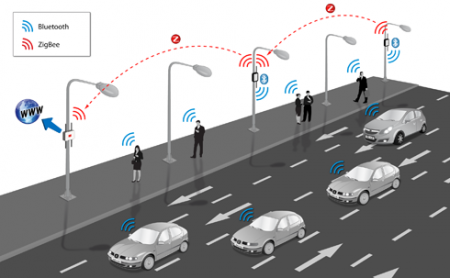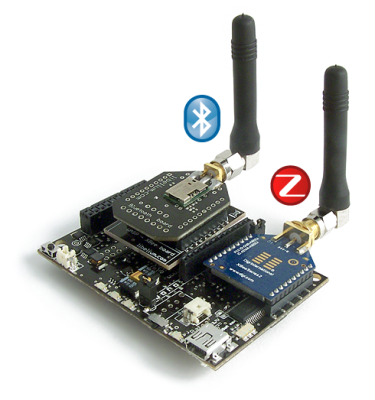Spanish MESH City upstart Libelium is offering urban designers and traffic engineers new tools that may just change the way we manage the massive conurbations we call 21st Century cities. The company has come up with a technology that can monitor how many people are using a street or sidewalk or bike lane. If you know anything about the way traffic engineers gather data, you probably know that it generally requires expensive pressure or magnetic sensors. Those solutions are car or truck specific. They are difficult if not impossible to use for monitoring other kinds of traffic–like pedestrians and bikes. Until now. Libelium thinks it has an answer. It will track the unique bluetooth signals generated from the cell phones all those walkers or cyclists are now carrying around with them. Here is how they describe the benefits of their system: 
Understanding the flow and congestion of vehicular traffic is essential for efficient road systems in cities. Smooth vehicle flows reduce journey times, reduce emissions and save energy. Similarly the efficient flow of pedestrians in an airport, stadium or shopping centre saves time and can make the difference between a good and a bad visit. Monitoring traffic – whether road vehicles or people – is useful for operators of roads, attractions and transport hubs.
At the heart of Libelium’s system is a dual radio circuit board mashing-up bluetooth with zigbee. One radio picks up the cell phone-based bluetooth signals while the other moves that data to the Internet via a dedicated I.P. address.  This relatively low cost system allows nuanced measurement and analysis of so-called “soft” city usage. That information will improve the way urban designers and traffic planners design intelligent city transit systems.
This relatively low cost system allows nuanced measurement and analysis of so-called “soft” city usage. That information will improve the way urban designers and traffic planners design intelligent city transit systems.







